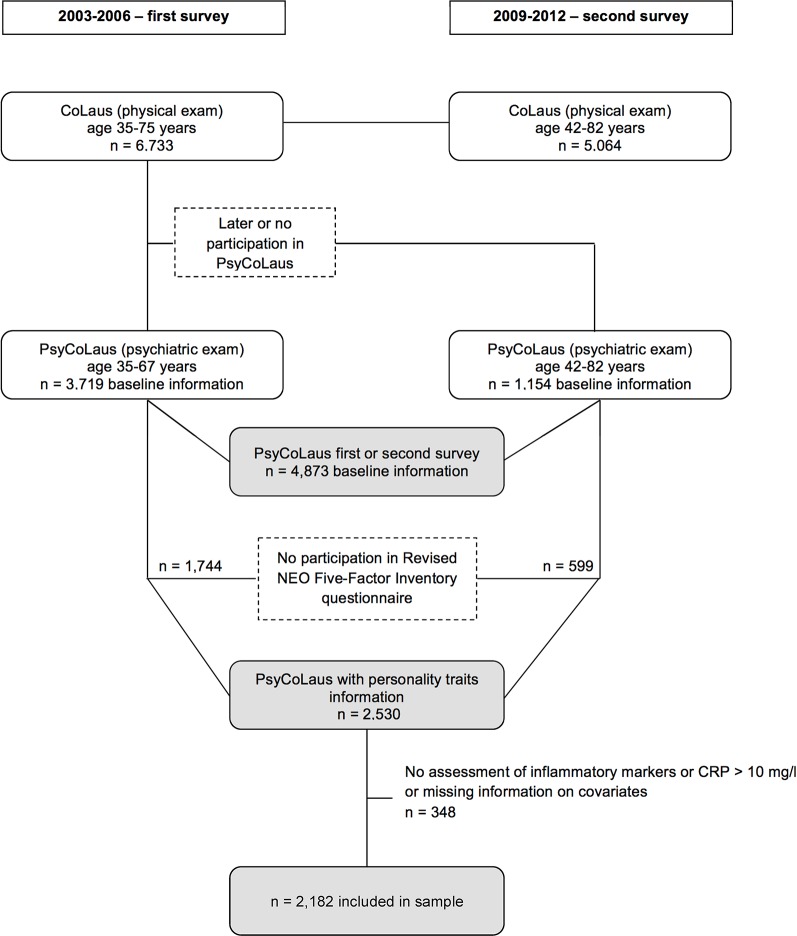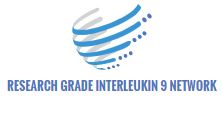Aging is an important danger issue for prostate cancer (PCa), however how age contributes to PCa is poorly understood. Aging is characterised by low-grade systemic irritation (i.e., inflammaging) that’s usually attributed to the progressive activation of immune cells over time, which can play an necessary function in prostate carcinogenesis. Th17 response is elevated in growing old people and mice, but it surely stays unknown whether or not it’s elevated in prostate tissue or contributes to prostate carcinogenesis throughout growing old. In this research, we aimed to find out the function of age-related Th17 response in PCa cell development, migration, and invasion.
METHODS
C57BL/6J (B6) mouse was used as an growing old animal mannequin and the prostate histopathology throughout growing old was analyzed. Splenic CD4+ T cells had been remoted from younger (16-20 weeks previous) and aged (96-104 weeks previous) mice, and cultured within the presence of plate-bound anti-CD3/anti-CD28, with or with out Th17 differentiation circumstances. The cells had been collected and used for subsequent move cytometry or quantitative reverse transcription polymerase chain response.
The supernatant was collected and used to deal with PCa cell traces. The handled PCa cells had been analyzed for cell viability, migration, invasion, and nuclear issue kappa B (NF-κB) signaling.
RESULTS
Aged mice had enlarged prostate glands and elevated morphological alterations, with not solely elevated inflammatory cell infiltration but additionally elevated Th17 cytokines in prostate tissue, in comparison with younger mice. Naïve CD4+ T cells from aged mice differentiated elevated interleukin (IL)-17-expressing cells.
CD4+ T cells from aged mice spleen had elevated Th17 cells, Th17 cytokines and Th17/Treg ratio in comparison with younger mice. Factors secreted from aged CD4+ T cells, particularly from ex vivo differentiated Th17 cells, not solely promoted PCa cell viability, migration, and invasion but additionally activated the NF-κB signaling in PCa cells in comparison with younger mice.
CONCLUSIONS
These outcomes point out that age-related CD4+ T cells, particularly Th17 cells-secreted elements have the potential to contribute to prostate carcinogenesis. Our work might immediate additional analysis utilizing autochthonous PCa mouse fashions at completely different ages to elucidate the useful function of Th17 response in prostate carcinogenesis throughout growing old.
A Follicle-Stimulating Hormone Exacerbates the Progression of Periapical Inflammation Through Modulating the Cytokine Release in Periodontal Tissue
Menopause is immediately associated to a systemically low grade of irritation, indicating that postmenopausal ladies may be extra liable to the event of irritation.
The excessive ranges of circulating follicle-stimulating hormone (FSH) might trigger hypogonadal bone loss throughout postmenopausal osteoporosis impartial of estrogen. Previous analysis revealed that FSH might irritate alveolar bone loss throughout experimental periapical lesions in ovariectomized rats; nonetheless, the mechanisms for these results stay unclear.

In this research, we confirmed that FSH enhanced the expression and secretion of the proinflammatory cytokines interleukin (IL)-1β, IL-6, and tumor necrosis issue alpha to a major diploma in human periodontal ligament (hPDL) cells. Furthermore, FSH upregulated Porphyromonas gingivalis lipopolysaccharide (pg LPS)-induced proinflammatory cytokine manufacturing.
Furthermore, in vivo research demonstrated that FSH elevated the degrees of the aforementioned cytokines within the serum and enhanced the expression of Toll-like receptor Four at each the messenger RNA and protein ranges in hPDL cells and periodontal tissues.
Our analysis suggests that prime FSH ranges might regulate the immune standing of periodontal tissues throughout the postmenopausal interval and, to a sure extent, advised that postmenopausal ladies may be extra liable to the event of irritation of the periapical periodontitis and extra apparent bone loss.
Early protein expression profile in bronchoalveolar lavage fluid and scientific outcomes in main graft dysfunction after lung transplantation
Primary graft dysfunction (PGD) stays a serious post-transplant complication and is related to elevated morbidity and mortality. Mechanisms evoking PGD aren’t fully clear, however irritation performs a central function.
We investigated the affiliation between PGD and inflammatory proteins current in instant postoperative bronchoalveolar lavage.All double-lung recipients transplanted at our establishment from 2002 to 2018 had been included in our research.
We retrospectively chosen 80 consecutive lung transplant recipients with completely different PGD grades (n = 20 for every PGD grades 0-1 to 2-3). In bronchoalveolar lavage carried out inside the first 24 h after donor aortic cross-clamping following lung transplantation, concentrations of 30 cytokines, chemokines and development elements had been assessed by enzyme-linked immunosorbent assay (ELISA) and correlated with donor and recipient demographics and outcomes.
For evaluation, 2 teams had been outlined: ‘delicate’ PGD (grade 0-1) and ‘extreme’ PGD (grades 2-3).Significant variations between delicate and extreme PGD had been present in Eight biomarkers [interleukin (IL)-6, IL-10, IL-13, eotaxin, granulocyte colony-stimulating factor, interferon γ, macrophage inflammatory protein 1α, surfactant protein D (SP-D); P < 0.05]. Increased IL-10 and IL-13, however none of the opposite proteins, had been related to short-term end result (longer time to extubation; P = 0.005 and P < 0.0001; elevated intensive care unit keep; P = 0.012 and P < 0.0001; and hospital keep; P = 0.041 and P = 0.002).
There had been no vital variations in donor and recipient traits between the teams.Expression profiles of key inflammatory mediators in bronchoalveolar lavage fluid differed considerably between lung transplant recipients with extreme versus delicate PGD and correlated with scientific end result variables. Further analysis ought to concentrate on the early mechanisms resulting in PGD.
The Possibility of Using Genotoxicity, Oxidative Stress and Inflammation Blood Biomarkers to Predict the Occurrence of Late Cutaneous Side Effects after Radiotherapy
Despite the progresses carried out within the area of radiotherapy, toxicity to the wholesome tissues stays a serious limiting issue. The intention of this work was to spotlight blood biomarkers whose variations might predict the prevalence of late cutaneous unintended effects. Two teams of 9 sufferers handled for Merkel Cell Carcinoma (MCC) had been established in accordance with the grade of late pores and skin toxicity after adjuvant irradiation for MCC: grade 0, 1 or 2 and grade Three or 4 of RTOG (Radiation Therapy Oncology Group)/EORTC (European Organization for Research and Treatment of Cancer).
To attempt to discriminate these 2 teams, biomarkers of curiosity had been measured on the completely different blood compartments after ex vivo irradiation. In lymphocytes, cell cycle, apoptosis and genotoxicity had been studied.
Oxidative stress was evaluated by the willpower of the erythrocyte antioxidant capability (superoxide dismutase, catalase, glutathione peroxidase, diminished and oxidized glutathione) in addition to degradation merchandise (protein carbonylation, lipid peroxidation).
Inflammation was assessed within the plasma by the measurement of 14 cytokines. The most radiosensitive sufferers offered a lower in apoptosis, micronucleus frequency, antioxidant enzyme actions, glutathione and carbonyls; and a rise in TNF-a (Tumor Necrosis Factor a), IL-8 (Interleukin 8) and TGF-β1 (Transforming Growth Factor β1) ranges. These findings must be confirmed on the next quantity of sufferers and earlier than radiotherapy and might enable to foretell the prevalence of late pores and skin unintended effects after radiotherapy.

